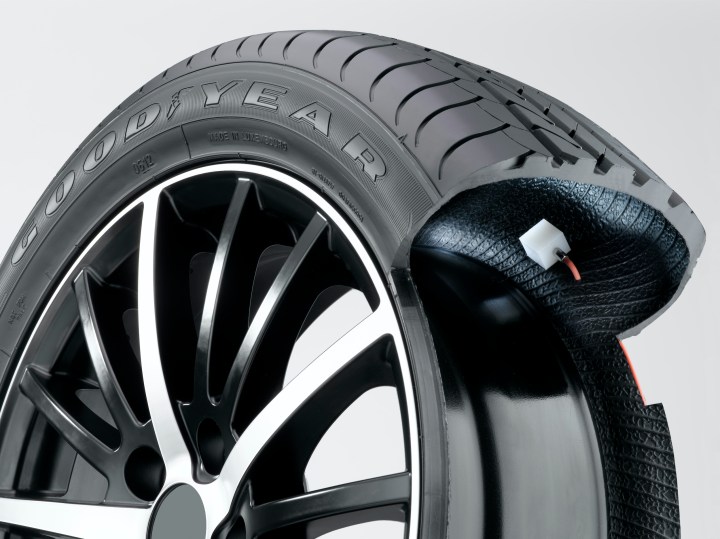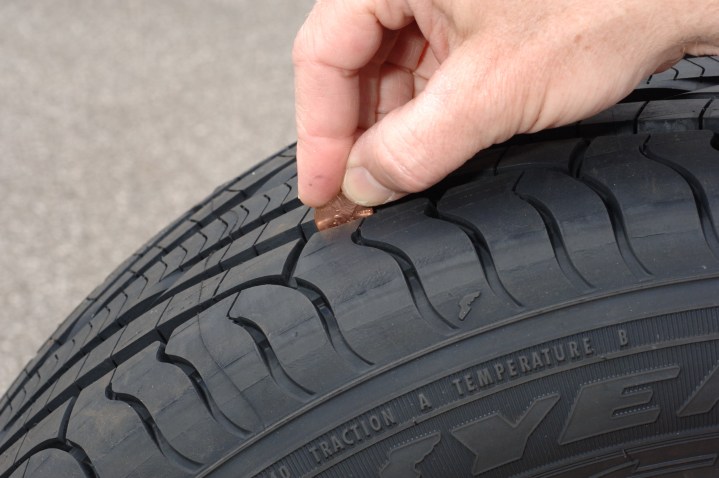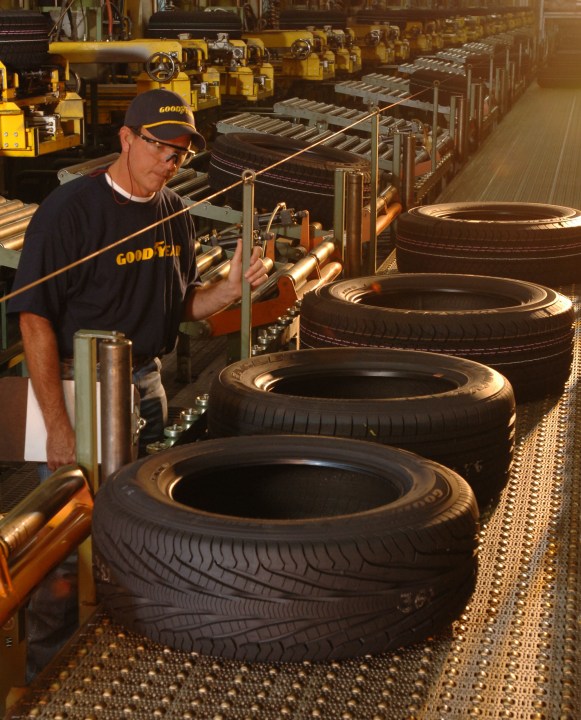Driving is a pleasure, but car ownership has its downsides. Maintenance is one, but the cost and complexity of replacement parts can also dampen enthusiasm. Beyond routine oil changes and brake replacements, tires represent a significant recurring expense. The sheer number of tire brands, possibly exceeding the number of car manufacturers, makes selecting the right tire for your driving style, climate, and location a daunting task.
 Image used with permission by copyright holder
Image used with permission by copyright holder
Understanding Tire Types
Choosing the right tires requires considering several factors, including your driving habits, vehicle type, and typical weather conditions. Someone in Phoenix needs vastly different tires than someone in upstate New York, even if they drive the same car. Let’s explore the main types of passenger vehicle tires:
All-Season Tires
All-season tires offer balanced traction in most weather conditions. Their symmetrical tread pattern and numerous grooves efficiently channel water for improved wet grip. While they perform adequately in light snow and on slick roads, they excel in moderate conditions.
Touring Tires
Touring tires resemble all-season tires in their suitability for diverse conditions. However, they typically provide superior handling and performance, boasting a higher speed rating.
Performance Tires
Performance tires feature a lower profile (smaller sidewall) and higher speed rating compared to all-season or touring tires. They excel in warm and wet conditions but may be unsuitable for cold climates.
Summer Tires
Designed for warm weather, summer tires utilize rubber compounds that optimize grip in higher temperatures. This grip diminishes in colder weather. These tires are ideal for performance vehicles in warm climates.
Track Tires
While irrelevant for most drivers, track tires are essential for high-speed driving. Significantly grippier and more susceptible to wear than road tires, they often resemble racing slicks with minimal or no treads for water dispersal.
Truck and SUV Tires
A specialized category caters to trucks and SUVs, designed for mud, rock crawling, and off-roading. These tires range from those resembling standard sedan tires to large, knobby tires built for challenging off-road terrain.
Knowing When to Replace Your Tires
 Image used with permission by copyright holder
Image used with permission by copyright holder
The penny test is a common method to assess tire wear, but it’s not the only factor. Neglecting routine maintenance like tire rotations and alignments can lead to uneven wear, requiring premature replacement. A tire’s advertised lifespan isn’t always accurate. Aggressive driving can drastically reduce tire life, regardless of the manufacturer’s mileage claims. Visible damage, cracking from potholes or debris, and a bumpy or rough ride also signal the need for new tires. Extreme temperatures can damage tires, and regular pressure checks with a tire pressure gauge are essential.
Navigating the Tire Market
Buying tires is easier than ever, with numerous online retailers and local shops collaborating digitally. Many online stores offer free shipping to local installers. Online shopping provides access to reviews and opinions without sales pressure. However, it requires ensuring you select the correct tire size for your vehicle. Most websites have fit guides, but those less familiar with their vehicles might prefer a local shop.
 Image used with permission by copyright holder
Image used with permission by copyright holder
Understanding the total cost is crucial. Beyond the tire price, factor in installation (mounting and balancing), old tire disposal, and other potential fees. While rotating tires is a DIY possibility, changing them requires specialized equipment.
Conclusion
Choosing tires isn’t an exact science. A suitable tire fits your vehicle, meets your weather and tread life needs, and fits your budget. Online reviews offer insights into longevity and quality, but your driving habits and maintenance ultimately determine tire performance and lifespan.











